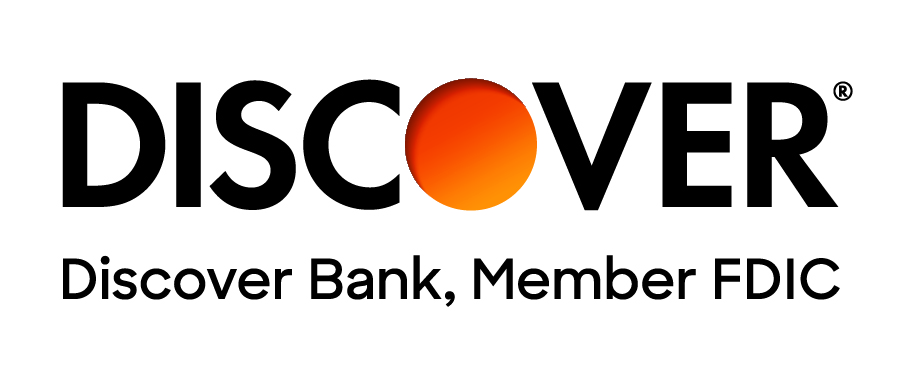Last Update: Aug. 24, 2022
On March 13, 2020, the President of the United States waived the interest on loans owned by the U.S. Department of Education (ED). Since then the Coronavirus Aid, Relief, and Economic Security (CARES) Act (stimulus package) passed on March 27, 2020 which also had an impact to students and borrowers. The CARES Act has implemented a 0% interest rate and suspension of payments for ED owned loans. Loans owned by FFEL program lenders and institutions that hold Perkins loans are not included in the CARES Act. Since March, the President and the United States Secretary of Education, Betsy DeVos, have offered benefits to extend some borrower protections. Previously set to expire May 1, 2022, The Biden administration has now indicated they will extend the student loan relief through Dec. 31, 2022.
*Read more about the most current plan for student loan forgiveness and repayment relief!
For federal student loans not owned by ED. Some student loan lenders holding loans which are not eligible for relief under the CARES Act have extended relief options to help borrowers who are struggling during the pandemic. Lenders may even seek to extend certain benefits until the end of the year. To determine what type of relief benefits are available to you, contact your student loan servicer.
At the start of the CARES Act forbearance and cessation of interest on ED-owned loans, there was a lot of information about why this relief was necessary. For some, it was completely necessary because of illness, loss of income, and other struggles faced. For others, it was an added benefit that could be used to help pay down outstanding debts.
This is the perfect opportunity reevaluate or create a repayment strategy. You may be tempted to just go back to your old repayment plan. But it’s always best to really figure out what your repayment goals are, and develop both short-term and long-term strategies to succeed.
Best Student Loan Repayment Strategy
There is no one-size fits all answer to student loan repayment. The strategy you’ll want to adopt depends on a number of factors. First determine your short-term and long-term repayment goals.
| Goal | Strategy |
|---|---|
| Pay off debt quickly | Consider: |
| Save money on student loan repayment | Consider:
|
| Manage monthly payments within your budget | Consider:
|
| Manage financial hardship | Consider:
|
| Qualify for student loan forgiveness | Consider: |
After you’ve identified your goals, it’s time to make them happen. Just because you may not be at a place to achieve your long-term goal (which is most likely, get rid of the debt quickly), it doesn’t mean you can’t take steps to help you get there. As many are struggling with getting used to the new normal, it could take a bit of time. Jot down your goals, and a path to help you get there—that step alone can be extremely informative and motivating.
Should You Refinance Student Loan During the Coronavirus Pandemic?
Looking into student loan refinance during this pandemic isn’t the worst idea. Of course you should take full advantage of your repayment benefits under COVID, as the temporary benefit of a zero percent interest rate is unbeatable on a loan—but this temporary benefit**.
**Benefits offered under the CARES Act can be extended based on an act of Congress or Presidential Executive Order. An executive action recently extended some of these benefits through Dec. 31, 2020. In addition to the President extension, the U.S. Secretary of Education issued an extension of some of these benefits through Jan. 31, 2021. The latest extension has come from President Biden until Dec. 31, 2022.
Why Refinance Student Loans?
Why consider refinance? Well, student loan refinance gives you an opportunity to combine one or more student loans (including federal and/or private) together, as well as qualify for a competitive marketplace interest rate on your new loan. Due to the current state of affairs, many private student loan refinance lenders are offering particularly low interest rates.
It is worth noting, if you refinance a federal loan with a private lender, you will lose your federal benefits on those student loans. For some, like those working towards Public Service Loan Forgiveness, refinancing with a private lender may not be the best choice for you. For others, if you’re not working towards forgiveness and are not reliant on the federal benefits of your loan, you might prefer repaying your loan faster with a lower interest rate. Reducing your interest rate over the life of your loan can result in substantial savings.
Student Loan Refinance Rates
Some private student loan refinance lenders are offering rates starting at 1.99%** APR for variable, and 2.88%** APR for fixed. In contrast, federal student loans disbursed in the 2019-2020 award years had fixed interest rates ranging from 4.53% to 7.08%.
**Rates as of July 30, 2020
Lowering Student Loan Interest Rates: The Impact
How does interest affect your monthly payments and the total amount you will repay? Here’s an example to demonstrate the impact.
- Outstanding Student Loan Principal Balance: $20,000
- Payment Plan: 10-year Standard (120 fixed payments)
| Original Loan | Refinance Loan | Difference | |
|---|---|---|---|
| Interest Rate | 4.53% fixed | 2.5% fixed | 2.03% |
| Monthly Payment | $207.57 | $188.54 | $19.03 |
| Total Cost of Loan | $24,907.94 | $22,624.78 | $2,283.16 |
| Total Interest Paid | $4,907.94 | $2,624.78 | $2,283.16 |
Examples are for demonstrative purposes only. Other factors, such as loan fees, capitalized interest, and other costs potentially affecting a loan are not considered.
Once you’ve determined student loan refinancing is right for you, you’ll need to qualify for a private student loan refinance with a private lender. If you’ve experienced job loss, or have struggled keeping up with bills, you may need to get your career and finances back on track before you can qualify. Applying with a creditworthy cosigner will help increase your chances of approval.
My Financial Situation Has Been Negatively Affected by the Coronavirus Pandemic
This can be a difficult time for those who have faced job losses, or inability to work due to the coronavirus pandemic. If you are in this situation, you are not alone. Here are some steps you can take before your loans enter repayment.
- Contact your loan servicer. Don’t wait until the last minute. Start these conversations early to give yourself some time. Your loan servicer can explain your repayment options to you.
- Evaluate your repayment plan. In order to keep making payments on your loan, it’s time to look into the options you have.
- Income-driven repayment plans. There are federal student loan repayment plans offered which will base your payments on your current income.
- If you were in one of these plans before the forbearance, you do have the option to update your income information to adjust your monthly payment amount for your income-drive plan.
- If you weren’t in one of these plans before the forbearance, you have the option to apply to enter one of these income-driven plans.
- Ask to continue loan postponement. This would not be part of the same forbearance (postponement) offered under the CARES Act, so this should be a last resort. If you are unable to qualify for any other repayment plan, and you cannot make your monthly payments, it would be best to postpone your loan payments for an additional period of time. Depending on the type of loan you have, and the type of postponement (deferment or forbearance), interest may continue to accrue on your loan(s).
Will the Stimulus Package Forgive My Student Loan Debt?
Any answer to this is pure speculation. The first law, the CARES Act, helped borrowers with federally-held loans, but loan forgiveness was not included. However it did include some benefits if you were seeking forgiveness through an income-driven repayment plan or PSLF. If you were in an income-driven repayment plan, or working towards PSLF and continued to meet all eligibility requirements, time in the administrative forbearance offered under the CARES Act likely counted as eligible monthly payments toward each respective forgiveness opportunity.
Currently there are talks about subsequent stimulus packages, and from what we’ve seen, they don’t address loan forgiveness. In all honesty, the discussion of student loan forgiveness has been around for over a decade now without much traction for forgiveness without a trade for employment service.
The best advice we can give you is to find a student loan repayment option that works best for you and your situation.








